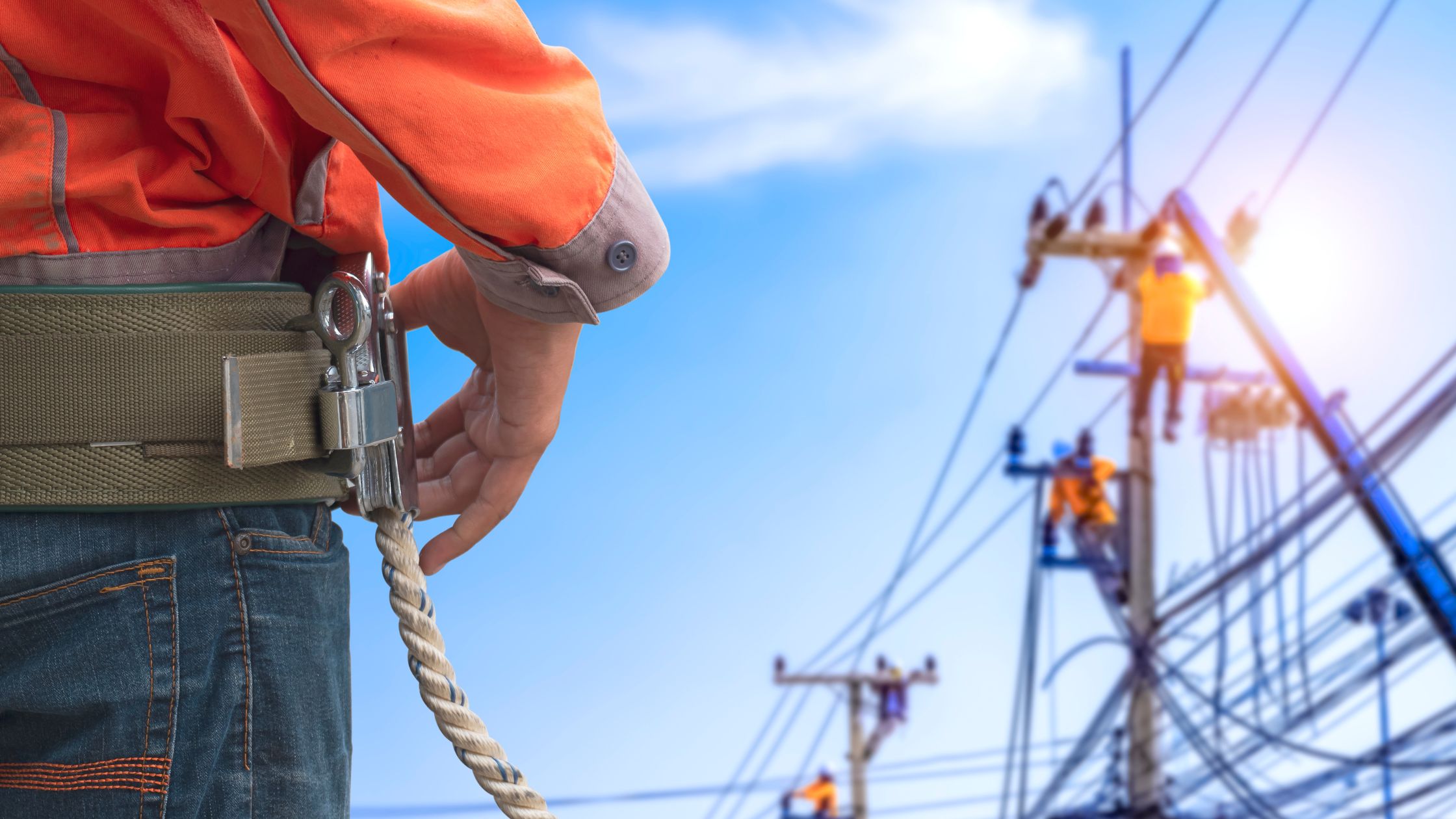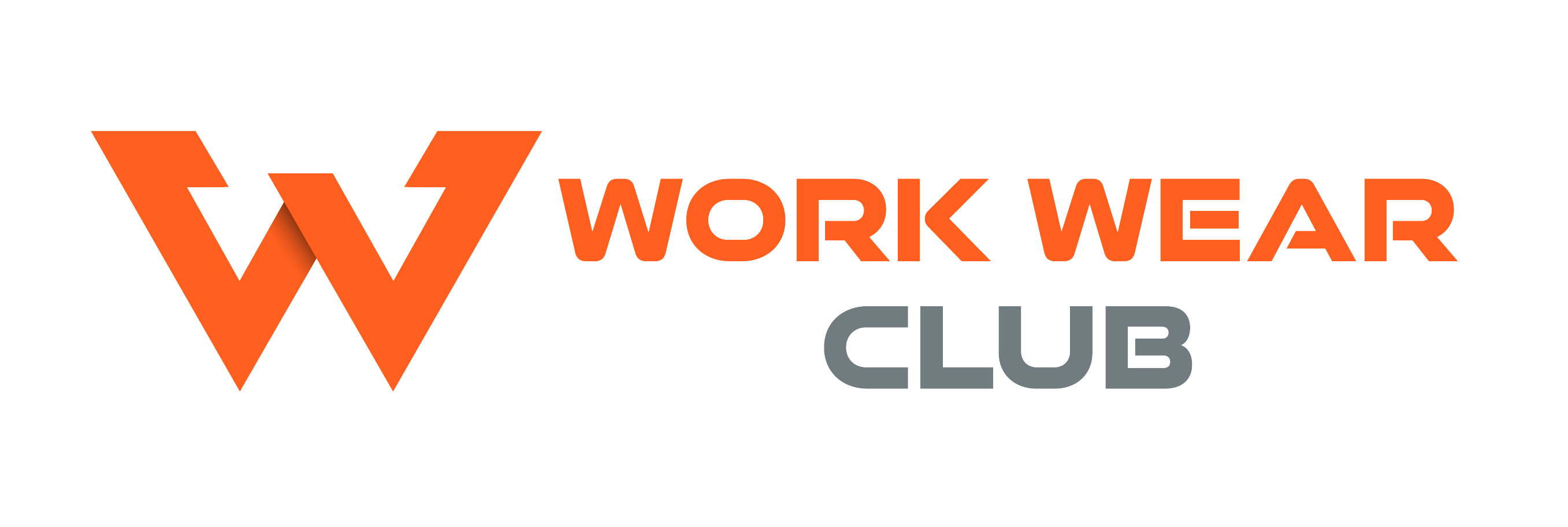The Value of Braces and Belts in the Workplace
25th Aug 2024

When it comes to labour-intensive jobs, efficiency and safety are critical. A person's use of the proper personal protective equipment (PPE) is crucial for self-defence and injury prevention. Out of all the PPE options available, belts and braces are essential for ensuring support, stability, and safety during physically demanding tasks. This blog post will discuss the value of belts and braces at work and emphasise how they contribute to a more productive and safe workplace.
Preserving good posture and avoiding harm
The capacity of belts and braces to encourage good posture and reduce injury risk is one of their main benefits. By stabilising the lower body, back, and abdomen, these supportive devices lessen the chance of strain or overexertion. Belts and braces help maintain proper spinal alignment by offering a stable foundation, which lowers the risk of developing long-term musculoskeletal disorders or back pain.
Assisting with load distribution and heavy lifting
To support the body's core muscles during labour-intensive jobs that require heavy lifting or carrying loads, belts and braces are essential. Through uniform load distribution throughout the lower back and abdomen, they aid in avoiding undue stress on particular muscle groups. This distributed load-bearing capacity guards against both acute injuries like sprains, strains, and hernias as well as potential long-term chronic conditions.
Improving steadiness and equilibrium
Stability and balance are essential components of work, particularly in sectors like manufacturing, construction, and agriculture. By adding an extra layer of stability, belts and braces reduce the wearer's chance of tripping, falling, or slipping. Because of the increased balance provided by these devices, workers are better able to negotiate uneven terrain, climb ladders, and work at heights with increased safety and confidence.
Customising for each person's fit and comfort
Braces and belts are made to fit specific needs and preferences. They fit a variety of body types and shapes well because they are available in a range of sizes and adjustable configurations. Adjustable straps, buckles, and fasteners are examples of customisable features that let employees customise the fit to their preferred degree of comfort. The effectiveness of the belts and braces as well as the worker's general comfort during extended use are improved by this customised fit.
Enhancing additional safety precautions
Braces and belts are not stand-alone remedies; rather, they should be used in conjunction with other safety precautions. The implementation of belts and braces, in combination with suitable footwear, training, and adherence to safety protocols, can greatly enhance the establishment of a comprehensive safety culture. By incorporating them into a larger safety framework, they lessen the chance of accidents or injuries and further reaffirm the dedication to worker well-being.
Labour work is physically demanding and has inherent risks. Workers can reduce these risks and establish a safer working environment by prioritising safety and using the appropriate personal protective equipment, such as belts and braces. The benefits of belts and braces include stability, support, and injury prevention, all of which contribute to increased task productivity and overall efficiency. Employers may protect the health and safety of their employees and foster a culture of safety within their companies by acknowledging these factors and implementing them into workplace safety procedures.

 United Arab Emirates Dirham
United Arab Emirates Dirham
 Australian Dollar
Australian Dollar
 Canadian Dollar
Canadian Dollar
 Euro
Euro
 US Dollar
US Dollar
 FREE UK DELIVERY ON ALL ORDERS OVER £75
FREE UK DELIVERY ON ALL ORDERS OVER £75




